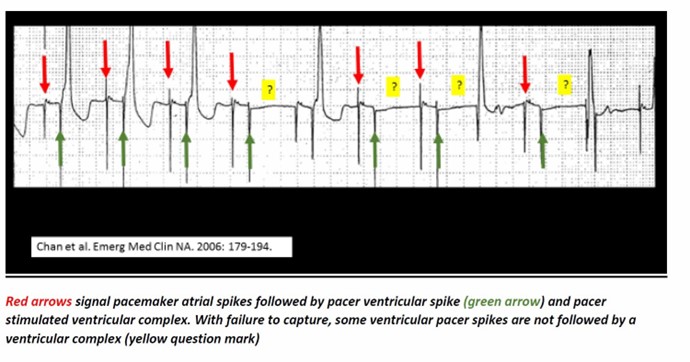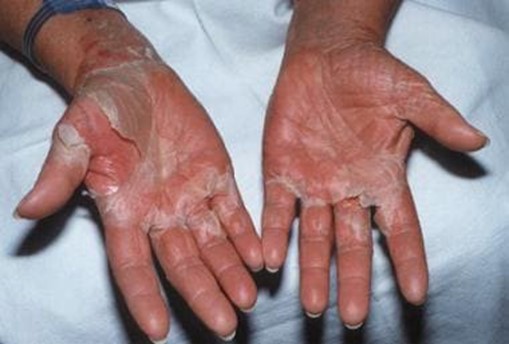A nurse is caring for a client who is scheduled for an abdominal paracentesis.
The nurse should plan to take which of the following actions?
Assist the client in the left lateral position during the procedure.
Administer a stool softener following the procedure.
Instruct the client to take deep breaths and hold them during the procedure.
Ask the client to empty his bladder prior to the procedure.
The Correct Answer is D
The nurse should ask the client to empty his bladder prior to the procedure.
This is important because a full bladder can obstruct the area where the needle will be inserted and increase the risk of bladder injury during the procedure.
Choice A is incorrect because the client should be positioned sitting upright or lying in bed with the head of the bed elevated during the procedure.
Choice B is incorrect because administering a stool softener is not necessary following an abdominal paracentesis.
Choice C is incorrect because the client should be instructed to exhale and hold their breath during needle insertion to help move the diaphragm upward and away from the area where the needle will be inserted.
Nursing Test Bank
Naxlex Comprehensive Predictor Exams
Related Questions
Correct Answer is D
Explanation

A pacemaker sends electrical signals to the heart to regulate the heartbeat.
On an electrocardiogram (ECG), these signals appear as small spikes followed by a QRS complex, which represents the contraction of the ventricles.
Choice A, A regular sinus rhythm, is not the correct answer because a regular sinus rhythm is a normal heart rhythm that originates from the sinoatrial (SA) node and does not involve a pacemaker.
Choice B, A chaotic, irregular rhythm, is not the correct answer because a pacemaker is designed to regulate the heartbeat and prevent chaotic or irregular rhythms.
Choice C, the Absence of any electrical activity, is not the correct answer because a pacemaker sends electrical signals to the heart to regulate its activity.
Correct Answer is D
Explanation

Toxic shock syndrome (TSS) is a life-threatening condition caused by bacterial toxins.
Common symptoms include high fever, low blood pressure, headache, rapid heartbeat, nausea and vomiting, muscle pain, malaise, confusion, and rashes on the soles and palms.
A generalized rash resembling a sunburn is one of the possible signs and symptoms of TSS.
A. Elevated platelet count: TSS does not cause an elevated platelet count.
B. Decreased total bilirubin: TSS does not cause a decrease in total bilirubin levels.
C. Hypertension: TSS causes low blood pressure (hypotension), not high blood pressure (hypertension).
Whether you are a student looking to ace your exams or a practicing nurse seeking to enhance your expertise , our nursing education contents will empower you with the confidence and competence to make a difference in the lives of patients and become a respected leader in the healthcare field.
Visit Naxlex, invest in your future and unlock endless possibilities with our unparalleled nursing education contents today
Report Wrong Answer on the Current Question
Do you disagree with the answer? If yes, what is your expected answer? Explain.
Kindly be descriptive with the issue you are facing.
